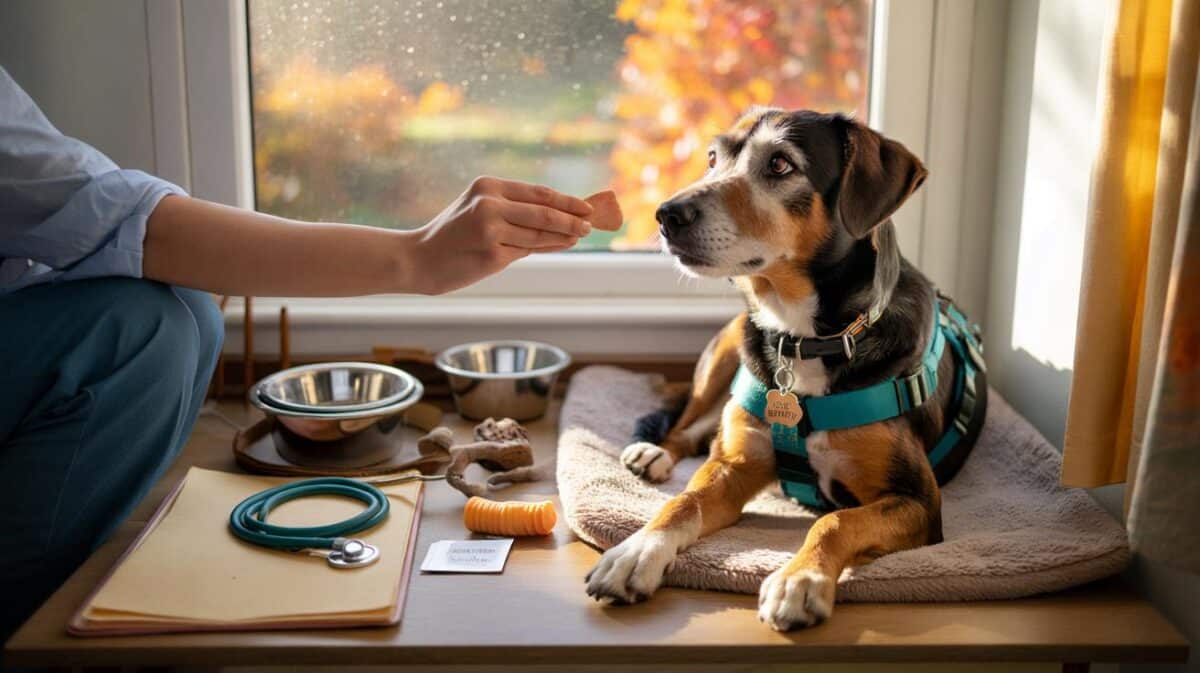It’s a patchwork of sun, wind, lava rock and late lunches, where a warm afternoon can flip to a chill the moment a cloud slides over a volcano. Travellers who spend real weeks here swear by small rituals, not big promises.
On a January morning in Tenerife, I watched a café fill with people from three seasons at once. Locals in puffers nursing cortados. A German couple in T-shirts debating which beach was least windy. A British retiree in shorts, determined, defiant, pink-kneed. Out beyond the palm trees, the Atlantic shimmered like foil, while Teide wore a scarf of cloud and somebody mentioned snow on the summit. The sun was gentle until it wasn’t; a gust flattened napkins and raised goosebumps. A waiter shrugged and pulled down a blind. “Microclima,” he said, like a spell you have to learn by heart. A leathery old dog moved ten centimetres into the sun and fell asleep again. The islands play tricks.
Sun, wind and the quiet theatre of microclimates
The winter headline is true: light jackets by day, a cardigan at night, sea you can still slip into. Yet the backstory is the trade winds. The north sides of Tenerife and Gran Canaria drink the clouds; the south lies in a soft rain shadow. Islands are small on the map and enormous in mood. **You can drive 20 minutes and shed five degrees, a headwind and your bad temper.**
Ask anyone who’s overwintered and they’ll tell you their favourite weather dodge. A couple in Puerto de la Cruz texted me a photo of grey surf, then drove to Costa Adeje for a late swim; their car thermometer climbed from 18°C to 24°C in under an hour. Typical winter highs run 21–23°C in the sunnier south, with the sea hovering around 19–20°C. Sunrise lazes in after 8am, sunsets slip by 6.20pm in December. On calima days, when Sahara dust drifts across, the light turns brass and horizons soften like old film.
Why it feels so changeable is part science, part stagecraft. Trade winds hit the high volcanoes and pile cloud on the windward side, feeding forests and misty mornings, while the leeward resorts coast on blue skies. Elevation plays its own trick: climb 1,000 metres and your t-shirt becomes wishful thinking. Planning here isn’t about chasing perfection. It’s a light hand with layers, a habit of checking AEMET and webcams, and a willingness to pivot from beach to barranco at noon.
Living like a winter local: rhythm, food, getting around
If you want winter to fit, start with your base. Pick the south if you crave sun-on-skin consistency; pick the north for greenery, old towns and that moody, painterly light. Book a car early and learn to love roundabouts, or let the bus system do the heavy lifting. **On Tenerife, the Titsa Ten+ card and app make hopping around painless; on Gran Canaria, the Global network is your friend.** Ferries stitch the archipelago together, and island-hopping turns long stays into a series of fresh starts.
What do long-stayers actually do all day? Work a few hours from a bright AirBnB table, then slide out for a menu del día under a parasol. Swim in a sheltered cove if the Atlantic’s flexing its muscles, or hike above the cloud belt for a blue that’s almost edible. Las Palmas’ co-working spaces buzz with laptops; Puerto del Carmen has a soft-focus morning run by the sea; La Palma whispers stargazing at midnight. Let’s be honest: nobody really does that every day.
The classic mistakes here are gentler than you think. People pack beachwear and forget windbreakers, or plan mountain walks without checking road closures after rain. We’ve all had that moment when you step from a sun-warmed pavement into a shaded alley and wish you’d brought sleeves. Don’t skip local rhythms: lunch peaks at two, dinner can slide past nine, and public holidays like Three Kings bring queues and fireworks. *Winter belongs to the patient and the curious.*
“Bring layers, not expectations,” says Ana, a Lisbon-born teacher who winters in Las Galletas. “In the morning I’m in leggings and a jumper, by afternoon I’m wriggling into the sea. At night we sit with blankets on a terrace and eat papas arrugadas with too much mojo. That’s the bliss.”
- Book cars and longer stays weeks ahead; fleets run tight in peak winter.
- For food, look for guachinches on Tenerife and casa de comidas elsewhere; prices soften, smiles widen.
- Watch for calima alerts; carry saline spray and pace outdoor plans.
- North for character, south for certainty; mix both if you can.
- Hike early, carry a headtorch, and respect park rules on Teide, Garajonay and Caldera de Taburiente.
What seasoned winterers wish they’d known on day one
Calima isn’t scary, it’s a mood. The light goes honeyed, your photos look cinematic, and your throat might ask for water and a pause. Sea days are bright but the Atlantic is honest; stick to lifeguarded beaches, watch flags and rips, and choose sheltered coves on windy spells. **The islands reward attention to small things: a windless corner, a bar where the owner remembers your drink, a morning cloud that means go high.** Prices are kinder if you shop like a neighbour, not a guest; markets and supermarkets beat the resort strip, and honey rum tastes better when someone tells you their uncle makes it in Arucas.
| Point clé | Détail | Intérêt pour le lecteur |
|---|---|---|
| Microclimates rule | North vs south, elevation swings, trade winds and Teide’s rain shadow | Dress and plan by zone to multiply good-weather days |
| Move smart | Early car bookings, reliable buses, ferries for island hops | Cut costs and stress while seeing more |
| Live local | Guachinches, menu del día, later dinners, winter fiestas | Better flavours, better prices, better stories |
FAQ :
- Is the sea warm enough to swim in winter?Yes, for most people. Expect 19–20°C; choose sheltered beaches on windy days and go at midday for the warmest feel.
- Which island is best for a first winter stay?Tenerife and Gran Canaria offer the broadest mix of weather, towns and transport. Lanzarote and Fuerteventura feel wilder and windier, great for space and surf.
- Do I need a car?Not always. City bases like Las Palmas or Santa Cruz work well on buses; for rural stays and trailheads, a car saves time and lifts your ceiling of “wow”.
- What about festivals in winter?Three Kings in early January is joyful across the islands, and Carnival season kicks off from February. Expect parades, music and late nights.
- How do I avoid tourist-trap prices?Walk two streets back from the seafront, look for handwritten menus, and try lunch menus. Ask locals for a guachinche on Tenerife for hearty plates at friendly prices.









Great piece—’bring layers, not expectations’ is gold. I’d add: check AEMET and the island webcames before leaving your flat; it’s saved me from wind-whipped lunches. The Titsa Ten+ app tip is spot on; buses made my month in Santa Cruz painless.
Honest question: are you underplaying how wet the north can be? I love La Orotava, but last winter we had three days of sideways rain and TF-24 closed near the crater. Any backup plans for when Teide roads shut and the calima turns the air to soup?